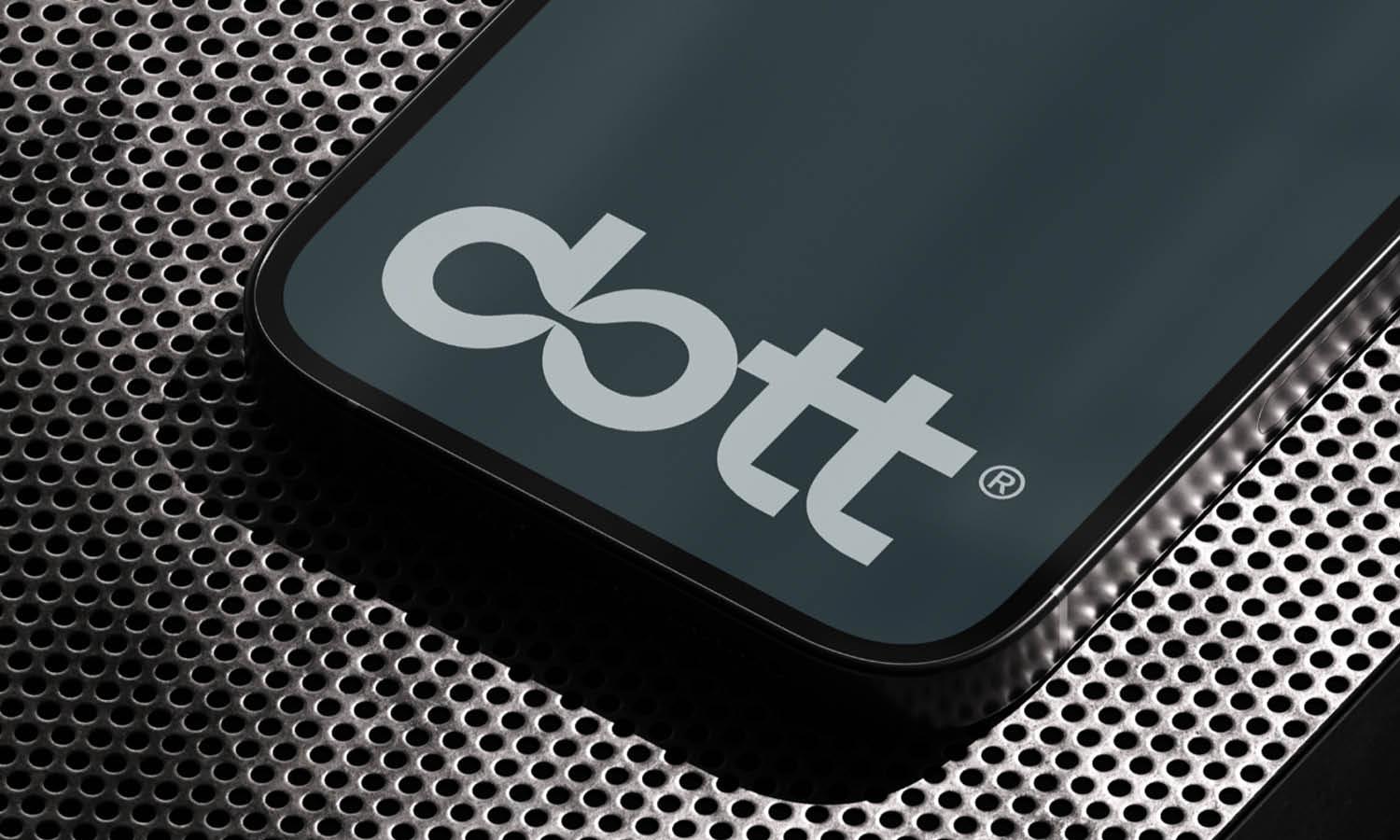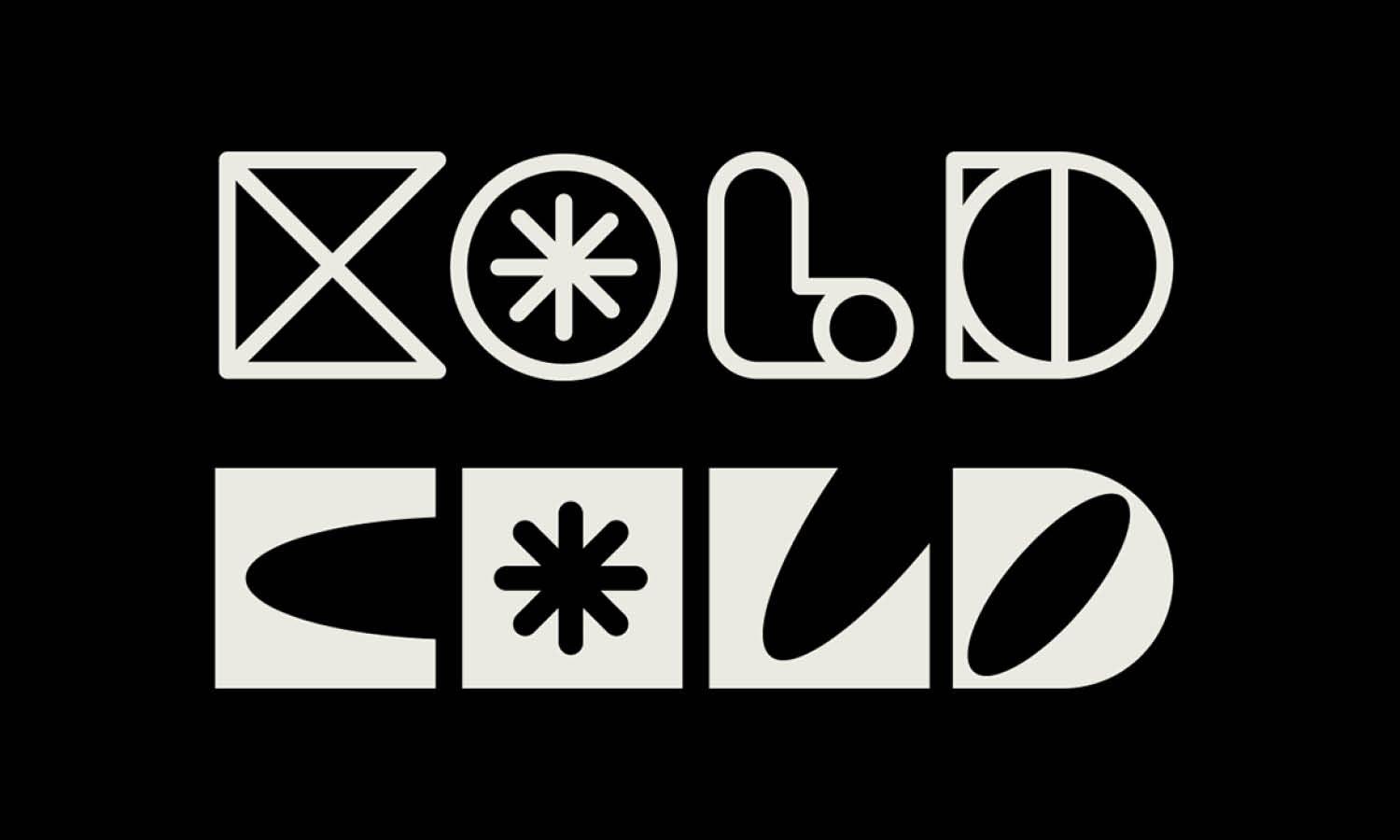How To Create Memorability In Logo Design

In the vast expanse of global markets, establishing a distinctive brand identity is pivotal. Among the myriad elements that contribute to brand recognition, the logo stands out as the quintessential emblem of a company's image and values. Crafting a logo that resonates with audiences and embeds itself in their memory is both an art and a strategic imperative. The goal of memorable logo design is to forge an instant connection between the brand and its audience, making the logo a persistent reminder of the brand's unique value proposition.
Achieving memorability in logo design involves a blend of creativity, psychological insight, and understanding of visual perception principles. A memorable logo serves as a powerful tool in achieving competitive advantage by ensuring that the brand remains at the forefront of consumer consciousness, driving recognition and loyalty. This article aims to unveil the crucial strategies that can transform a simple logo into a memorable symbol that captivates and endures. Through a focused approach on design elements that emphasize simplicity, relevance, and uniqueness, designers can craft logos that not only stand out but also stand the test of time.
Keep It Simple
Simplicity is the cornerstone of creating memorability in logo design. A simple logo is not only instantly recognizable but also easier for people to recall. When a logo is cluttered with too many elements, it risks becoming forgettable or confusing. To achieve simplicity, focus on the essential aspects that represent the brand’s core values and mission. This approach often involves using clean lines and limiting the color palette to a few cohesive shades. The most iconic logos in the world, such as Apple’s apple or Nike’s swoosh, leverage minimalism to make a lasting impact.
These designs avoid unnecessary details that could dilute their message, ensuring that the brand is communicated clearly and memorably. By refining a logo to its simplest form, designers can create a powerful visual identity that is easy for audiences to understand and remember. This not only enhances the logo’s effectiveness but also solidifies the brand’s presence in a competitive market.
Use Distinctive Features
Incorporating distinctive features into a logo can significantly enhance its memorability. This strategy involves crafting unique elements that capture the essence of the brand, setting it apart from competitors. Distinctive features could be a specific symbol, a unique color combination, or an innovative use of typography that reflects the brand’s personality. For instance, the Twitter logo uses a simple bird, which is not only unique but also symbolic of the platform’s purpose—tweeting. Similarly, Amazon’s logo features a smiling arrow that goes from A to Z, emphasizing the wide range of products they offer and the satisfaction of shopping with them.
These elements make the logos stand out and embed them in the consumer’s mind. To maximize memorability, the distinctive features should be relevant to what the brand stands for and evoke the right emotions and associations in the target audience. By doing so, the logo becomes more than just a graphical representation; it becomes a memorable symbol of the brand itself.
Choose Colors Wisely
The selection of colors in logo design plays a pivotal role in its memorability. Color not only attracts the eye but also evokes emotions and associations that can significantly influence consumer perception. When choosing colors for a logo, consider the psychological impact each hue has. For instance, blue often denotes reliability and tranquility, making it a popular choice for financial institutions, while red can evoke feelings of excitement and urgency, commonly used in the food and entertainment sectors. Additionally, the color scheme must align with the brand's identity and the message it wishes to convey.
A wisely chosen palette can make a logo stand out and be easily recalled by enhancing brand recognition. To enhance memorability in logo design, limit the color palette to a few complementary shades. This not only creates a cohesive look but also ensures that the logo remains effective across various mediums and backgrounds. Furthermore, consistency in color usage helps reinforce brand identity and can make a logo instantly recognizable, aiding in quick consumer association and long-lasting brand recall.

Be Relevant
Relevance in logo design is crucial for ensuring that the logo not only communicates the right message but also resonates with the target audience. A logo should be a reflection of the brand’s industry, values, and market position. This alignment helps consumers immediately understand what the brand is about without any confusion. For instance, a tech company might opt for a sleek, modern design that conveys innovation and efficiency, while a children’s toy company might use bright, playful colors and fonts to reflect fun and creativity. Additionally, staying abreast of industry trends while maintaining a unique approach can help a logo remain relevant and appealing to contemporary audiences.
However, the key is to balance trend-awareness with timelessness to avoid frequent redesigns that could confuse customers and dilute brand identity. Ensuring relevance also involves adapting the logo to different cultural contexts if the brand operates globally, taking into consideration local meanings of colors, symbols, and shapes. By being relevant, a logo becomes more than just a visual mark; it becomes a communicator of the brand’s core message, enhancing its memorability among the intended audience.
Incorporate Brand Story
Embedding the brand story into the logo design is a powerful strategy for enhancing memorability. A logo that tells a story not only captivates the audience but also fosters a deeper emotional connection, making the brand more memorable. This narrative component can be subtle, such as the use of a specific symbol that has historical significance to the brand, or more direct, like integrating the founding year into the design. For example, the Starbucks logo features a siren, symbolizing the seafaring history of coffee and its journey from distant lands to coffee shops around the world. This story element enriches the brand's identity and makes the logo more than just a visual symbol; it becomes a reminder of the brand’s heritage and values.
To effectively incorporate the brand story, designers should focus on elements that are authentic and unique to the brand's history, values, or mission. This approach not only increases the logo’s relevance and appeal but also ensures that it stands out in a crowded marketplace. The goal is to create a visual representation that encapsulates the essence of the brand in a way that resonates with both current customers and potential new audiences.
Focus on Typography
Typography is a critical element in logo design, significantly affecting its memorability. The choice of typeface should reflect the brand's personality and be easily legible at various sizes. A unique font can set a logo apart from competitors and strengthen brand identity. For instance, Coca-Cola’s iconic cursive script is instantly recognizable worldwide, enhancing the brand's memorability through distinctive typography. When selecting a typeface for a logo, consider factors such as the font's readability, especially in small sizes or when viewed on different devices and mediums.
Additionally, the mood or feeling the font conveys should align with the brand’s overall tone. Serif fonts, for example, often evoke a sense of tradition and reliability, while sans-serif fonts can appear more modern and clean. Designers might also consider custom or modified fonts to ensure uniqueness and prevent similar appearances in other logos. Effective use of typography not only contributes to the aesthetic appeal of the logo but also plays a crucial role in making it memorable by ensuring it communicates the right message in a visually appealing manner.
Consider Proportion and Symmetry
Proportion and symmetry are fundamental elements in creating a visually appealing and memorable logo. A well-balanced logo not only looks aesthetically pleasing but also conveys a sense of harmony and professionalism, which can significantly enhance brand perception. Proportional elements ensure that the logo is coherent and effective at various scales, from a small icon on a website to a large billboard. Symmetry, on the other hand, contributes to the logo’s stability and recall, making it easier for the audience to recognize and remember. For example, the Apple logo, despite its bitten form, maintains symmetry that contributes to its iconic status. When designing a logo, consider using grids and geometric shapes to guide the layout and ensure that all elements are aligned and balanced.
This methodical approach to design not only helps in achieving visual harmony but also ensures that the logo can be replicated consistently across different mediums. The use of proportion and symmetry in logo design not only enhances its attractiveness but also boosts its memorability by creating a clear and impactful visual identity.

Make It Timeless
Creating a timeless logo is crucial for long-term brand success. A timeless design avoids trendy elements that may feel outdated as fashions change, ensuring the logo remains effective and relevant across different eras. To achieve timelessness, focus on simplicity and classic design principles that transcend current trends. For instance, logos like those of IBM, Coca-Cola, and Nike have remained largely unchanged for decades, yet continue to be effective because of their classic design. Avoid using overly complicated graphics or fonts that might not age well, and opt for clean lines and simple shapes that convey your brand’s message clearly.
A timeless logo should resonate with the brand’s core identity and appeal to future generations without needing significant alterations. This not only helps in maintaining brand continuity but also reduces the need for rebranding, thereby preserving brand equity. A logo that remains relevant over time can significantly enhance brand recognition and memorability, making it a crucial asset for any business aiming for longevity and success in a competitive market.
Use Negative Space Creatively
Creative use of negative space is a sophisticated technique in logo design that can significantly enhance memorability. This approach involves incorporating a secondary image within the background space of the logo, which can add depth and an element of surprise. A classic example is the FedEx logo, where a rightward-pointing arrow is formed between the letters 'E' and 'X', symbolizing speed and precision. This clever use of negative space not only makes the logo more interesting but also reinforces the brand message subliminally.
When designing with negative space, it is important to maintain simplicity so that the hidden image does not overshadow the primary design. The secondary image should be relevant to the brand’s identity or values, providing an additional layer of meaning to the logo. This technique not only captures the viewer's attention but also encourages engagement as people enjoy discovering the hidden message. By effectively using negative space, designers can create a memorable and distinctive logo that stands out in a crowded market.
Add a Twist of Fun
Injecting a twist of fun into logo design can make a brand more memorable and engaging, particularly if it aligns with the brand's personality. This can be achieved through playful imagery, unexpected color combinations, or a whimsical font. A fun element can make a logo more approachable and relatable, which is particularly effective for brands targeting younger audiences or those with a casual, friendly brand voice. For example, the Baskin Robbins logo incorporates the number '31' within the letters 'BR' to highlight the variety of flavors they offer, adding a playful element that invites customer interaction.
This approach not only makes the logo more memorable but also helps communicate the brand’s unique selling proposition in a light-hearted way. However, it's crucial that the fun aspect does not compromise the logo’s readability or professionalism. When done right, a fun twist in logo design can enhance brand memorability, making the brand more distinctive and appealing to its target market.
Conclusion
Creating a memorable logo is crucial for establishing a strong brand identity in a competitive market. By focusing on simplicity, distinctive features, wise color choices, and relevance to the brand’s story, designers can craft logos that resonate deeply with their audience. Employing creative techniques such as the use of negative space and incorporating fun elements can further enhance the memorability of a design. Each aspect of logo creation plays a vital role in how effectively it communicates and endures in the consumer’s mind, ultimately contributing to a brand's lasting success and recognition in the marketplace.
Let Us Know What You Think!
Every information you read here are written and curated by Kreafolk's team, carefully pieced together with our creative community in mind. Did you enjoy our contents? Leave a comment below and share your thoughts. Cheers to more creative articles and inspirations!
















Leave a Comment